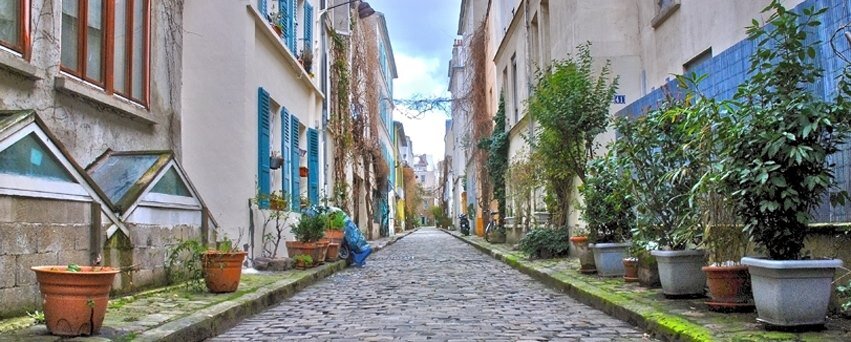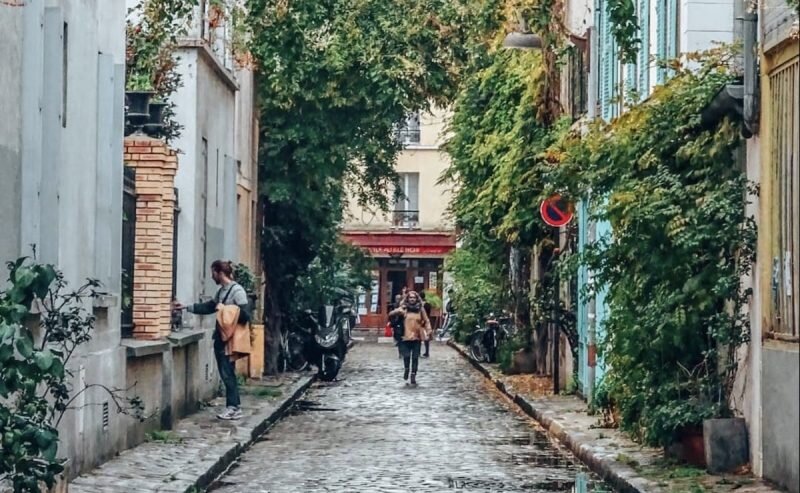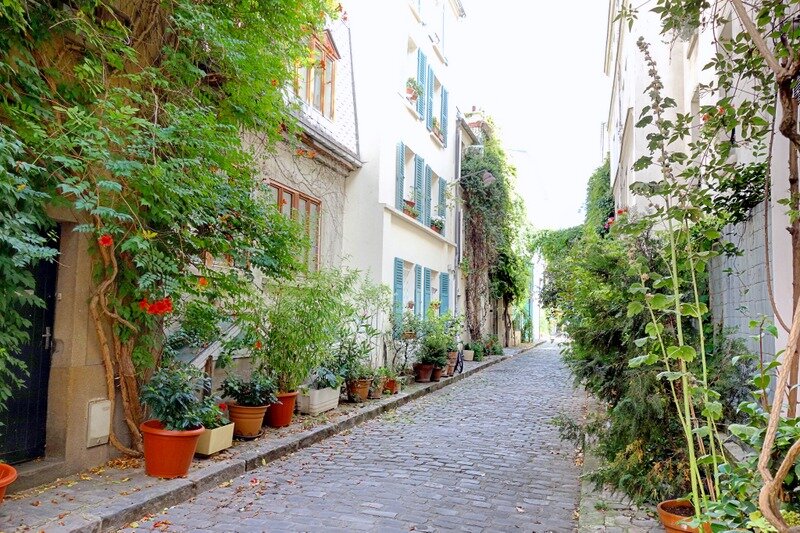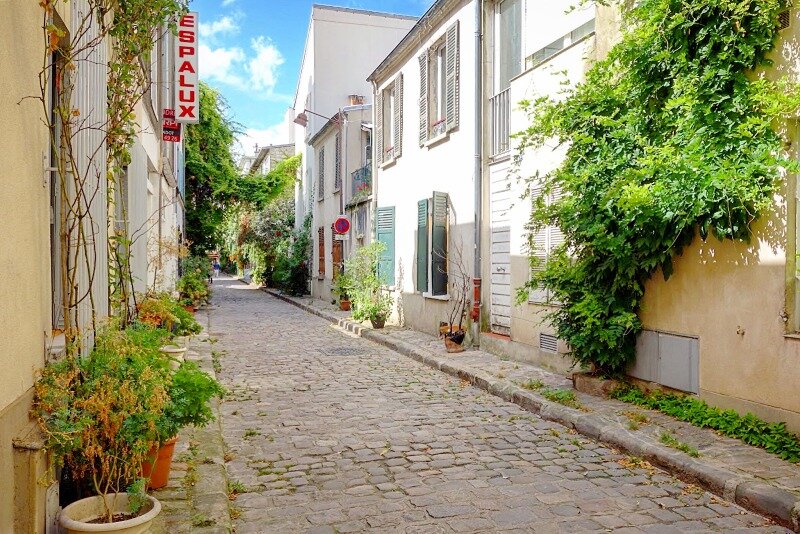The 14th arrondissement of Paris, which has few "landmarks" and "great monuments" to attract visitors to the City of Light, lies south of the Seine, on the side the locals would call "Rive Gauche" (Left Bank), and is distinguished by its rural aura.
One of the most characteristic, beautiful and picturesque streets is the Rue des Thermopyles, i.e. Thermopylae, which stands out both for its particular architecture, different from the rest of Paris, and for its lush greenery.
However, what piques the interest, at least of the Greeks, is the name of the street, which is inspired by the historic Battle of Thermopylae that took place in ancient Greece in 480 BC. Although there is no connection to the historical event, the name was chosen by Alexandre Chauvelot, who opened the road for private use in 1859.
Quiet, secluded and unknown to most tourists, the alley of Thermopylae, which was finally opened to the public in 1959, is a real gem not only for the 14th arrondissement, but for all of Paris. Paved with large stones, it is unique in its kind, as the other cobbled alleys in the City of Light, like the features of Montmartre, are paved with smaller stones of various sizes.
In fact, many artists live in this street, while he became better known to the general public through the movie "Paris Je t'aime". Its graphic image is complemented by beautiful graffiti, Parisian bistros, beautiful cafes and art galleries.













